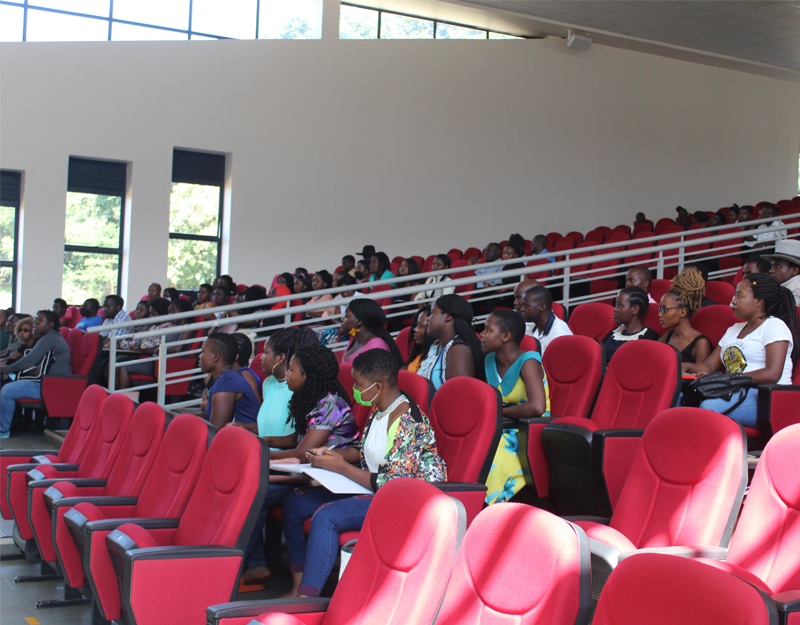Seminar presentation by Prof Peter J. Diggle from University of Liverpool, UK
Chancellor College, SCR , Hosted by Mathematical Sciences
05-Oct-2015 (at 11:00AM - at 12:00PM )
River Blindness, Eyeworm and a Calibration Problem
Peter J Diggle
Lancaster University and University of Liverpool
Joint work with Daniela Schlueter (Lancaster), Michelle Stanton (Liverpool), Alison Galvani and Martial Ndeffo (Yale).
Onchocerciasis (River blindness) is a major public health problem in the wet tropical regions of the world, including most of sub-Saharan Africa. A multi-national programme to control the disease by mass administration of a protective drug, Mecitzan, has been very successful, with more than 60 million treatments to date over 19 countries. However, the programme has been hampered by the recognition that people heavily infected with the Loa loa (eyeworm) parasite are at risk of severe, occasionally fatal, adverse reaction to Mectizan. Before the drug is administered in a community, it is relatively easy to estimate the prevalence of eyeworm infection, harder (and more expensive) under field conditions to estimate how many people are “heavily infected,” one definiition of which is that they as carrying more than 8,000 parasites per ml of blood.
This leads to the following prediction problem: given a sample of people and the number infected with eyeworm, how many people in the community from which the sample is drawn are carrying: more than 8,000 parasites per ml of blood? more than 30,000 parasites per ml of blood?
To address this problem we first develop a model for the variation in parasite count between individuals within a village, then explore how the parameters of this distribution vary between villages.
We then use the model to calculate the predictive probability that an individual in a community will be carrying more than 8,000 parasites per ml of blood, given an estimate of community-level prevalence and any other relevant information in the form of covariates and/or prevalence estimates from neighbouring villages.
Background reading
Diggle, P.J., Thomson, M.C., Christensen, O.F., Rowlingson, B., Obsomer, V., Gardon, J., Wanji, S., Takougang, I., Enyong, P., Kamgno, J., Remme, H., Boussinesq, M. and Molyneux, D.H. (2007). Spatial modelling and prediction of Loa loa risk: decision making under uncertainty. Annals of Tropical Medicine and Parasitology, 101, 499–509.
Zoure, H.G.M., Noma, M., Tekle, A.H., Amazigo, U.V., Diggle, P.J., Giorgi, E. and Remme, J.H.F. (2014). The geographic distribution of onchocerciasis in the 20 participating countries of the African Programme for Onchocerciasis Control: 2. Pre-control endemicity Levels and estimated number infected. Parasites and Vectors, 7, 326




